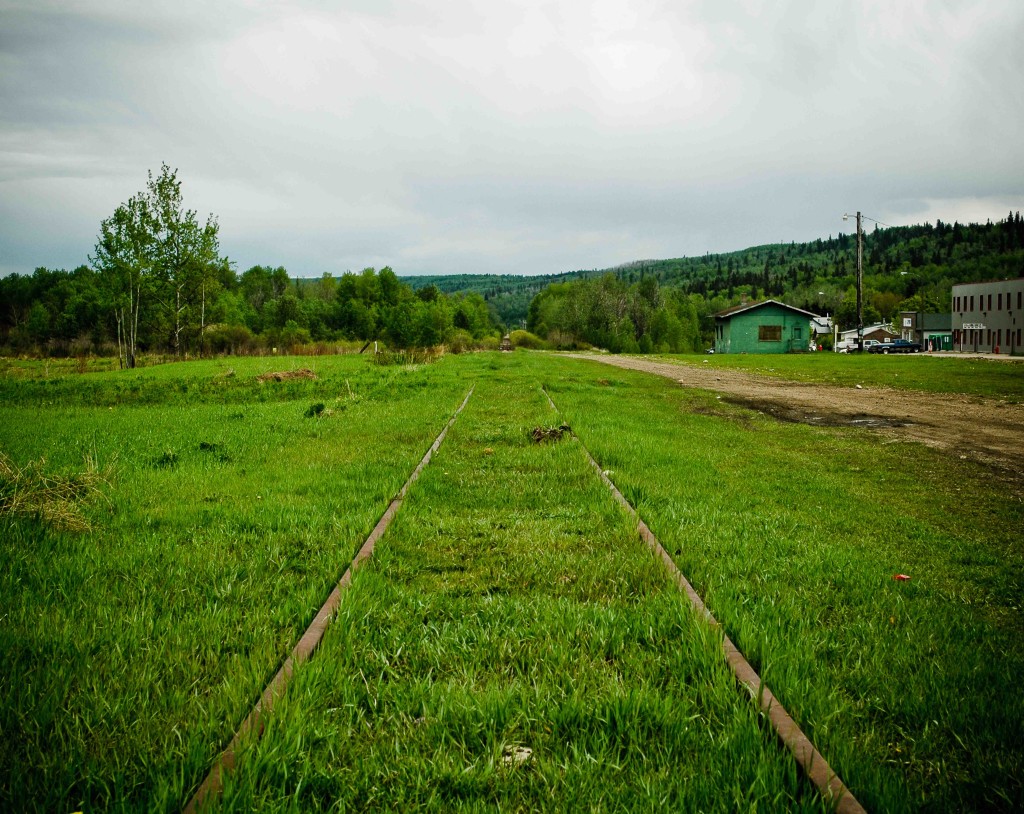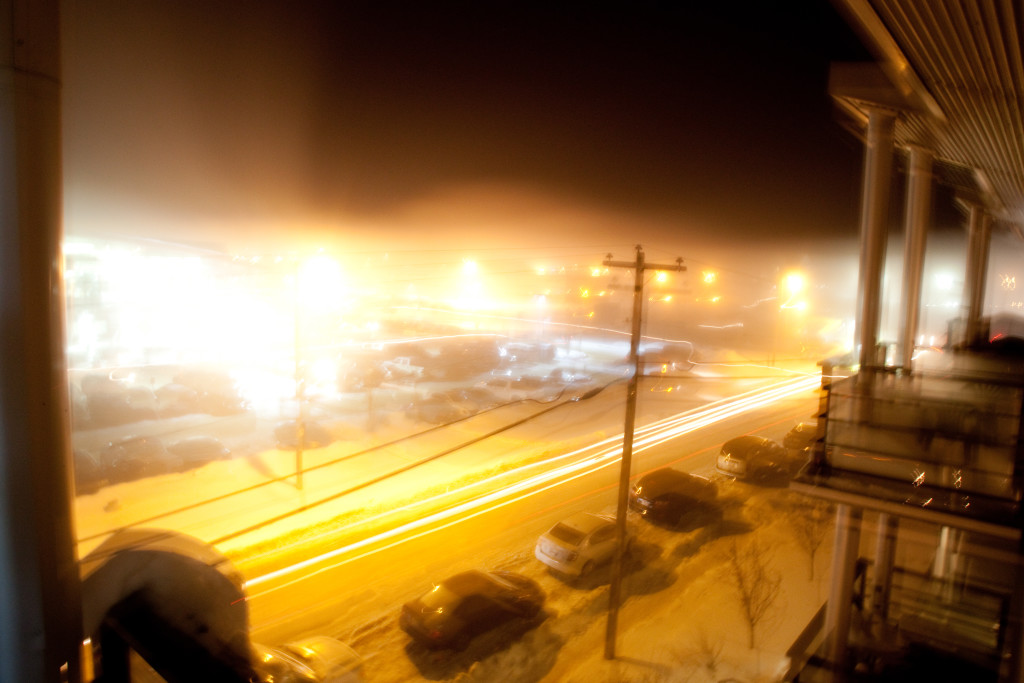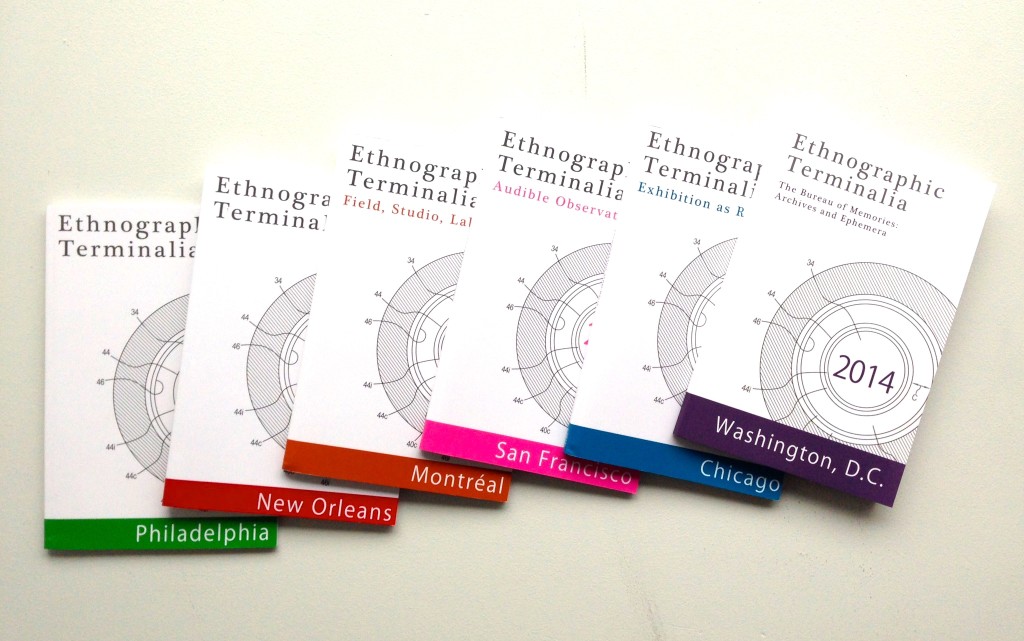Fort McMurray, the Archive of Defetishization (Or, what to do when the sexiness is gone?)
In the simplest of terms I have my fingers deep within an archive, and now a material and geographical reality that I had written off several times. While forging ahead with a hybrid method I like to call, the Photographer-Researcher, I spent my PhD years in Fort McMurray, offering high-school aged youth, workshops on photography, ethics, aesthetics, and walking ethnographic practices of critical observation. Over the course of three years I collected some 3000 images, one quarter of which are ones I created, the rest were snapped up by my young collaborateurs.
At the theoretical level I am certainly guided by one or more canonical theoreticians… However, In this instance I am interested in the following notion: *In the introductory essay to Saskatchewan photographer John Conway’s Uncommon Views Penny Cousineau-Levine writes, “When shown Canadian photographs alongside those made in Britain, the United States, and elsewhere, whether documentary photographs or portraits or landscapes, the almost universal response of (‘students in the History of Photography course’) was that they could see “nothing” in these images, that there was “nothing there” (Penny Cousineau-Levine in Conway, Uncommon Views 2005:31). *
Perhaps my closeness to an archive of my own initiation is precisely will be a reason for ‘its’ own demise? Thus, I see this opportunity to workshop a few glimpses of the archive to see if those very mundane and now-haplessly under-read images may be in need of re-imagining, re-positioning and re-signifying by way of open forum and collaboration to build upon all of the venerable ideals set out so aspirationally by the Terminus: Archives, Ephemera, and Electronic Art CFP.
As contextualization – Fort McMurray is schizophrenic in its own nature, it vacillates with abrupt irregularity and predictable, yet always shocking intensity. In the case of the two images above – change is paramount. The tracks running through green grass, have within the span of three years been completely erased, along with the history of the oldest settlement in Fort McMurray, Waterways. The second image, taken from the balcony of a building that has since been condemned, abandoned, occupied and demolished, razed to the ground. In both cases, these images represent banal and obvious moments in their own context, they represent erased histories, and in a contemporary context, they do what photographs perhaps do best, they comfort those familiar with an experience of a particular place with the hazy memories of nostalgic dopamine. When read in contrast with images created today, the archive, that has seemed to lay fallow for the last several years, save for a few occasions, seems to reassert its own importance. The question I ask, and offer, is what next?
Biography
Andriko Lozowy – PhD, is a Sociology Instructor at Keyano College.



